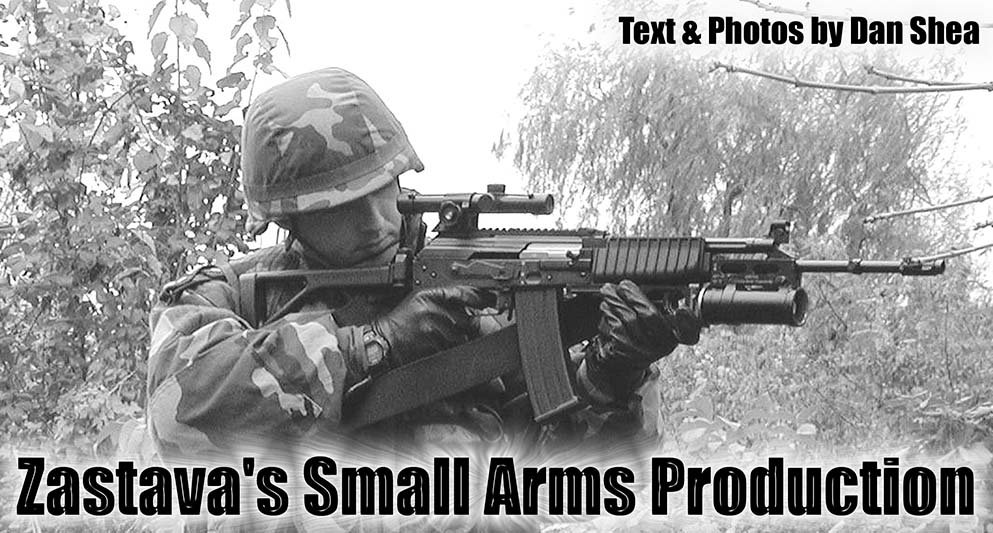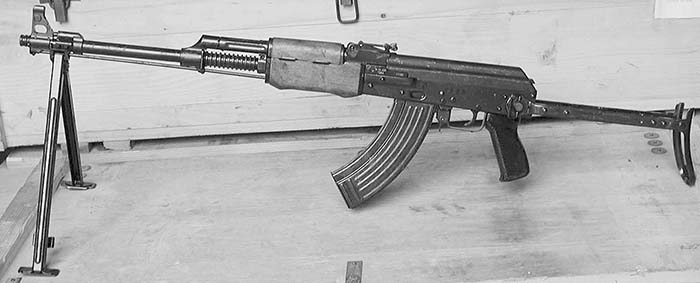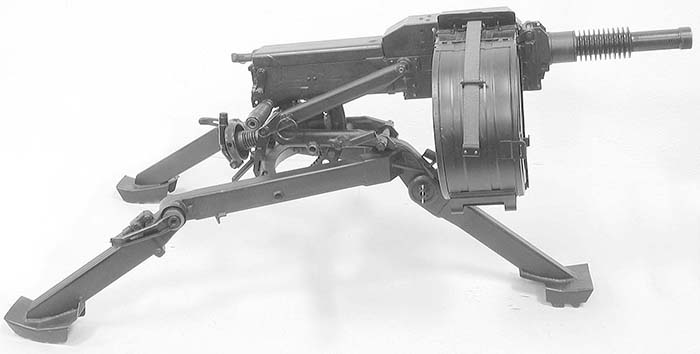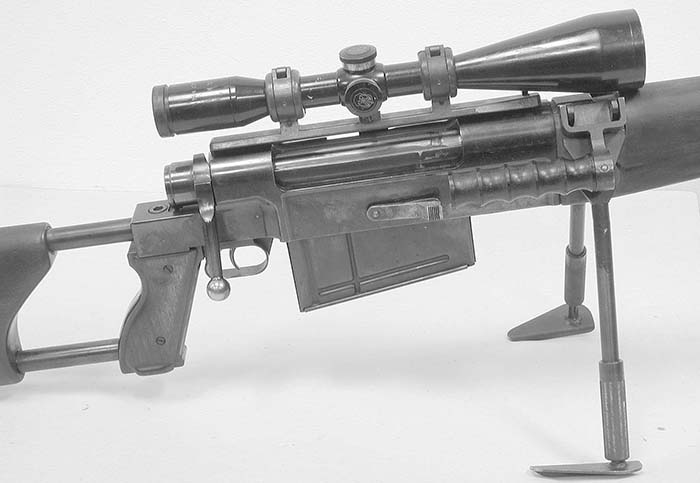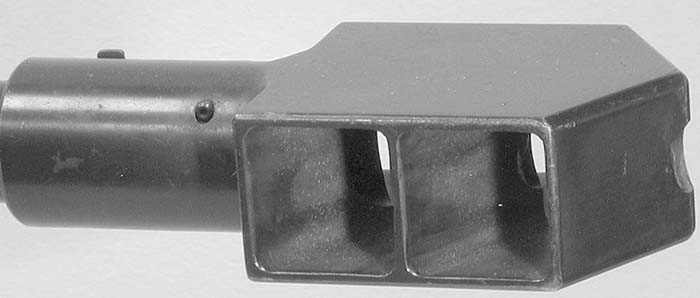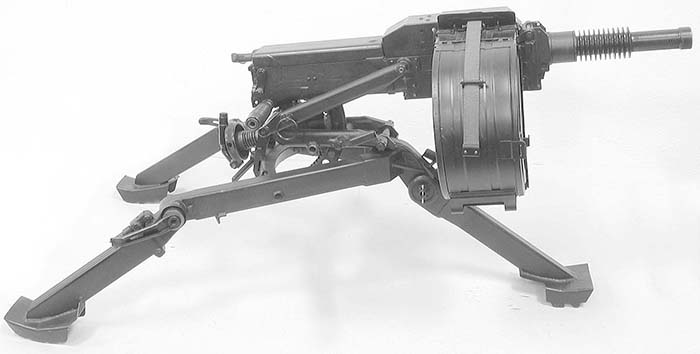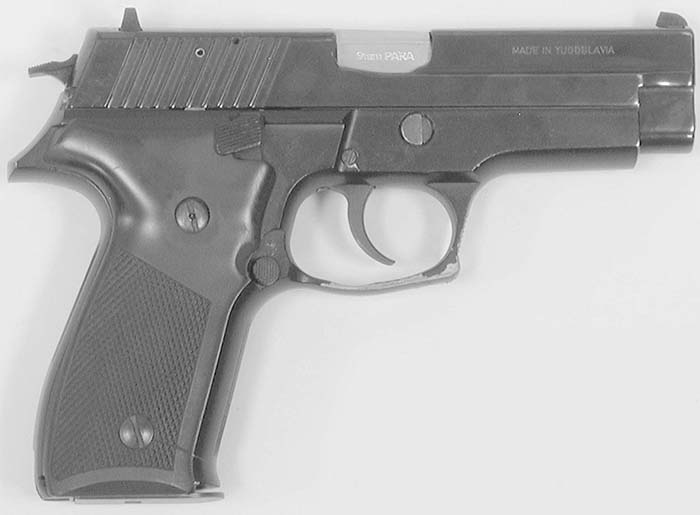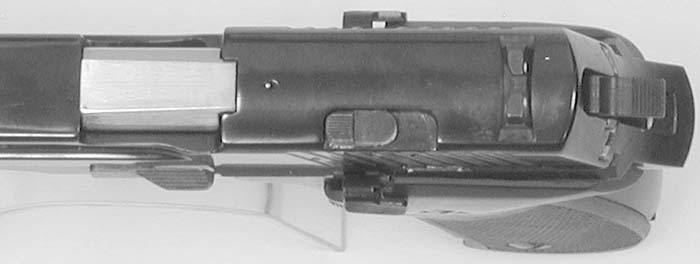Text & Photos by Dan Shea
At the IWA 2003 show in Nurnberg, Germany, SAR had a booth set up. As I walked through the show, looking for new and innovative products to bring to SAR’s readers, I was drawn to a very nice booth display, and found it was Zastava Arms from Yugoslavia. After some introductions and seeing some old friends, I was invited to come to Kragujevac, Serbia, to visit the factory facilities.
23 May 2003 – Kragujevac, Serbia: Tired from travel and overloaded with information from many museums and collections, SAR finally arrived at Zastava. Hundreds of digital pictures were burned with the help of the staff there, and much information was gathered. The General Director of Zastava Arms had graciously offered a full tour of the factory, and many people there helped with the gathering of models and history.
In the following pages devoted to Zastava Arms, we cover the past and current products. We decided to bring the entire Zastava military production to the readers of SAR as an Identification Guide, to put the models and features into the proper order. Yugoslav models of machine guns have long confused the West, and we are pleased to present this in depth analysis and ID guide.
Zastava Arms has reached their one hundred and fifty year anniversary as of October 2003, and that is quite an accomplishment, something they are proud of. SAR was invited back to attend the celebration, and we will bring that story to you later.
Yugoslav history and current events have dictated the direction of the factory and like most other industries, they must be able to adjust to new business climates. Zastava has traditionally had a balance of production that was 90% military arms and 10% civilian firearms. The new balance is 50-50. This is not the first time they have had to adjust; seventy to eighty years ago Zastava had a major change of directions, investing in new technology. This resulted in lowering costs and better quality product.
There has also been a change in focus on sporting arms, and they are looking forward to finally reopening the US market, among others. Zastava feels strongly they can stay competitive in sales of sporting rifles. There have been some problems- recently they had contracts for 28,000 hunting rifles and small quantities of the .50-caliber Black Arrow rifle, 12,000 CZ99 pistols and some of these contracts are in jeopardy and may be cancelled because U.S. distributors do not want to wait any longer for the duty to be removed. The 65% duty charge on exports to the United States has been a difficult obstacle to overcome. It is hoped that this punitive duty will be lifted soon.
To get a better picture of the effects of sanctions and economic policy, we were told what was previously a military secret. In 1969 Zastava had 2,300 employees, in the 1980s they had over 8,000. Today they have 3,590. That is a large cutback in force. Kragujevac is a community that relies on industrial production, and Zastava Arms is a main center of work here. Some help came from the government for people, and some went on their own into their own businesses. Before the recent NATO bombings, Zastava had some offers to convert to civilian manufacturing, with credits that had good interest rates. This was not available after the bombing; they lost 20,000 square meters of facilities. That was €60 million (About $65 million USD) in loss! The generally feeling is frustration, but they are thankful that in this part of the bombing there was no loss of life.
When we visited, Zastava was very busy. There were many projects going on, and we had a full tour of the facilities. There will be more information gathered from this trip in later issues of SAR. – Dan
Contact:
Zastava Namenski Proizvodi D.P.
Serbia, Kragujevac
Trg topolivaca 4
Tel: ++ 381 34 336 077
Fax: ++ 381 34 323 683
Email: zastavanp@ptt.yu
Website: www.zastava-arms.co.yu

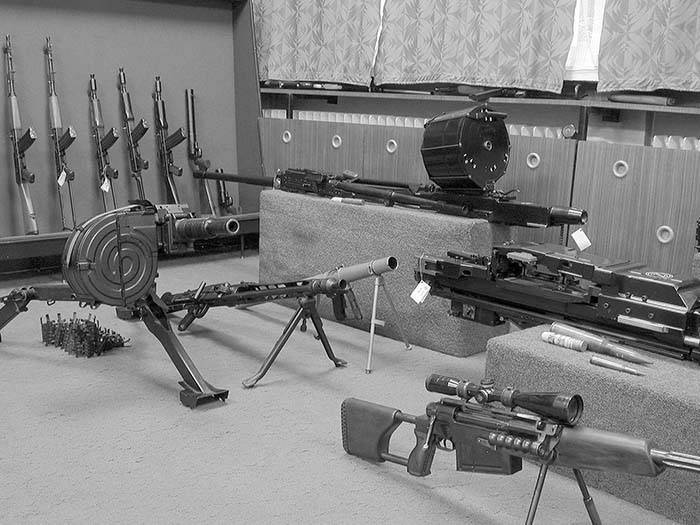
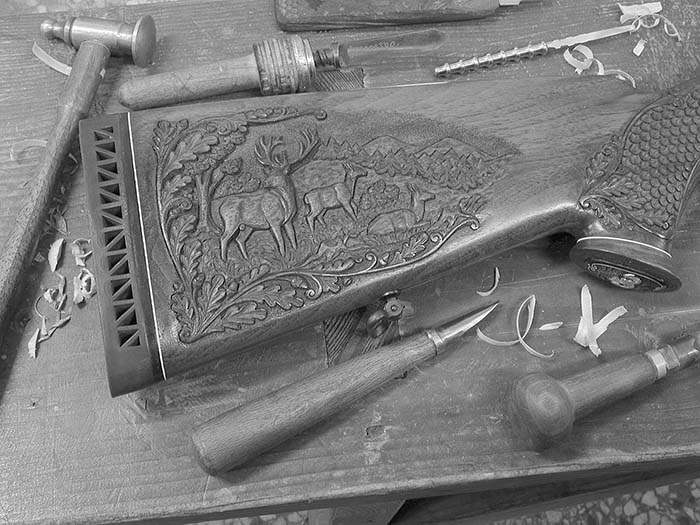
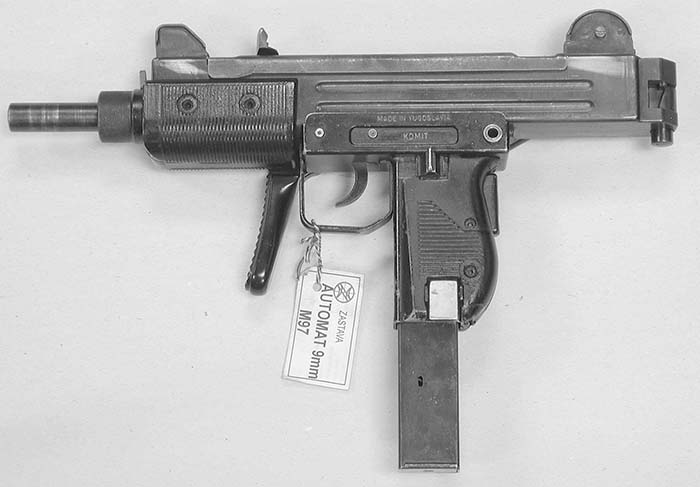
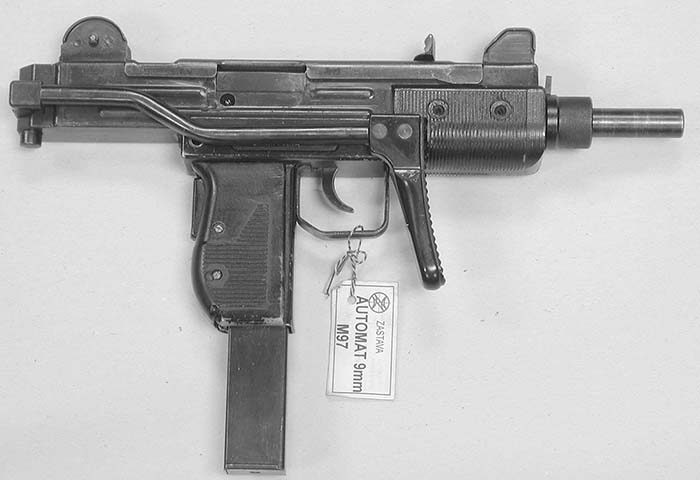
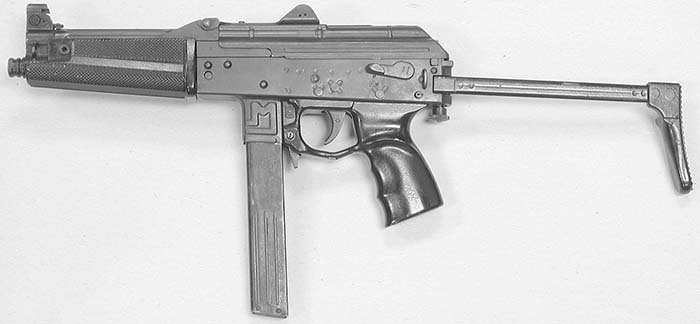
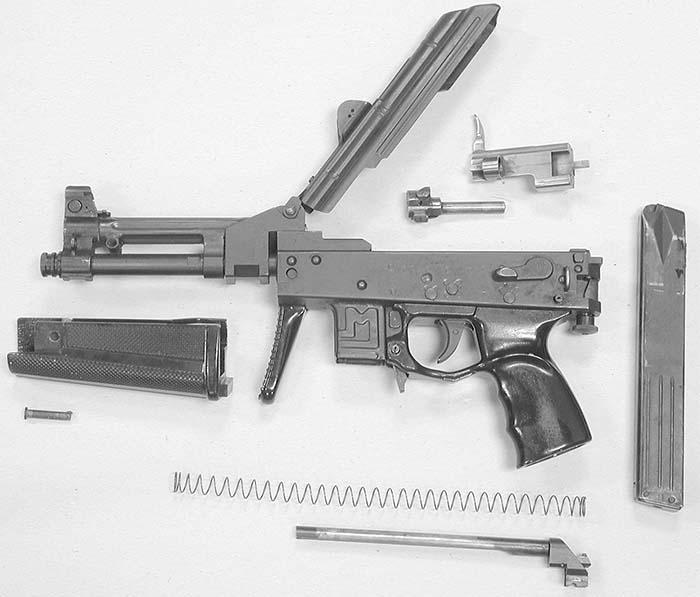
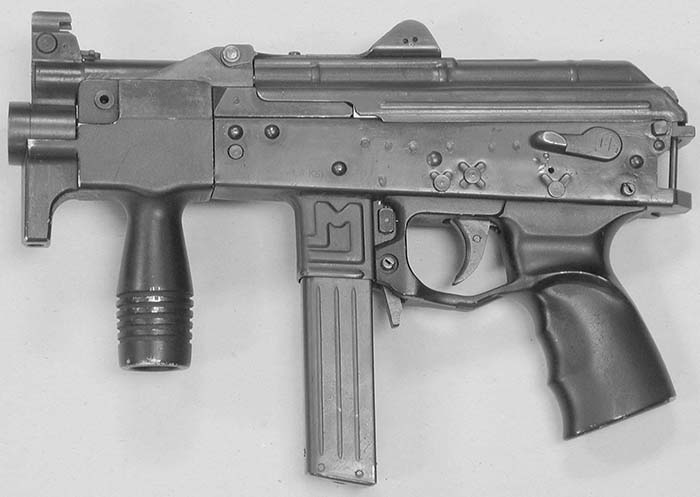
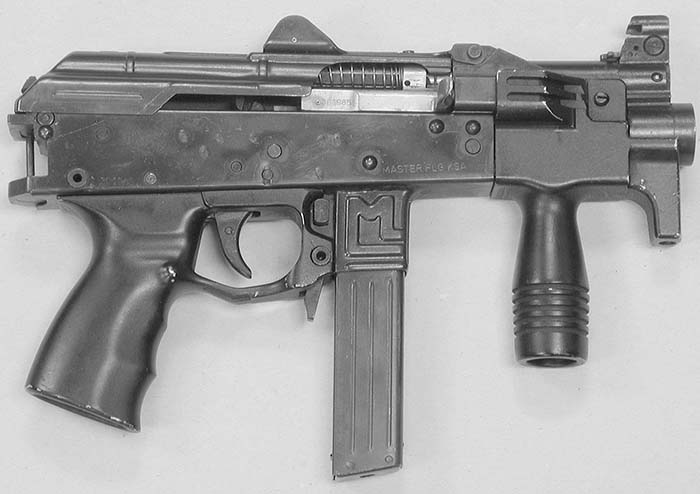
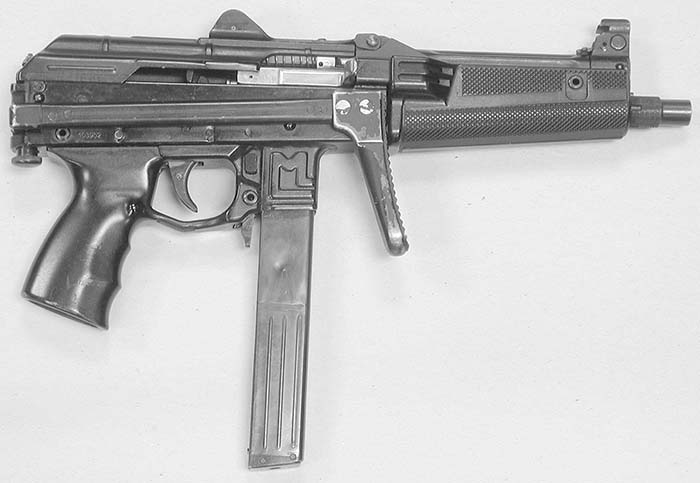
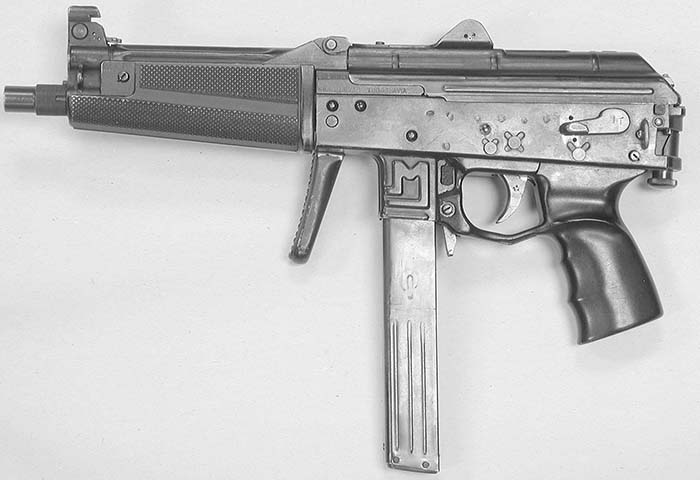



Editor’s Note: the Yugoslav designation Model M70(d) is a variant of the Tokarev pistol design in 9x19mm, not a Kalashnikov style rifle.

Notes: This Kalashnikov variant (It is not a Dragunov action) uses detachable 10-round magazines, and has a skeletonized stock. The optics are a Zastava manufactured 3x9x40mm.

Notes: This Kalashnikov variant (It is not a Dragunov action) uses 10-round detachable magazines, and has a solid wood fixed stock. The optics are a night vision system, model HV5x80 AT.

Notes: This final production variant is a Kalashnikov-style action, not a Dragunov. It has a fixed wood stock, the optics are a ZRAK on M76B mount.

Notes: This Light Machine Gun variant has an integral bipod and carrying handle. Moving to the 7.62x51mm NATO caliber greatly extends the range of this system. Magazines are available as 20- or 30-round types.

Notes: The M77B1 has a fixed wood stock, the M77AB1 has an underfolding metal stock. The Mitchell RPK47 that was imported to the US was a variation on the M77B1 in semiautomatic-only.

Notes: The M80 series includes the fixed stock version and the metal underfolding stock version, both use 30- round capacity magazines, and are superceded by the M90 and M90A series
Notes: M82 has a carrying handle and fixed bipod. Magazines are available in 30- or 45-round capacity. Safe, Semiautomatic, or Full-auto. This model is also offered with a black polymer stock.

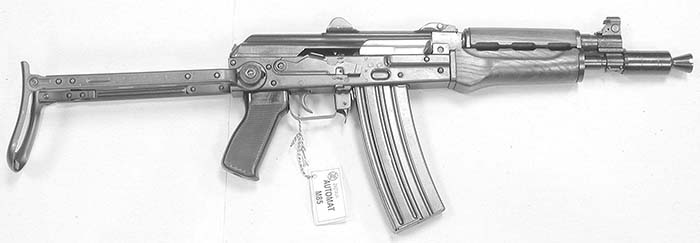
Notes: This “Krinkov” style has a metal underfolding stock.
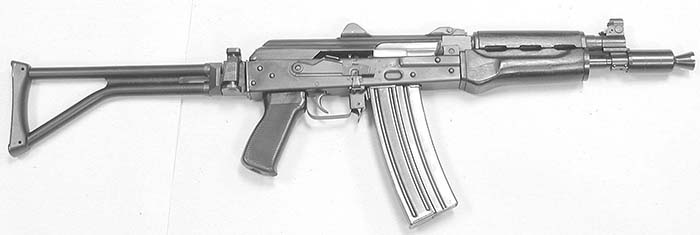
Notes: This “Krinkov” variant uses a side folding stock, which folds onto the left side of receiver.
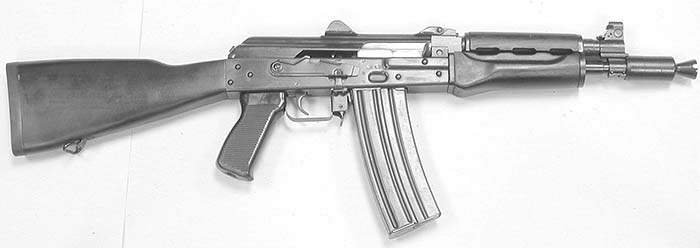


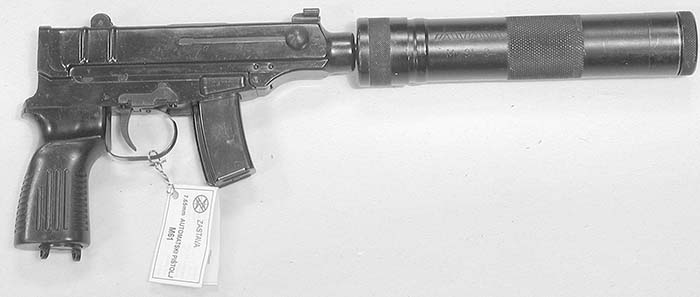
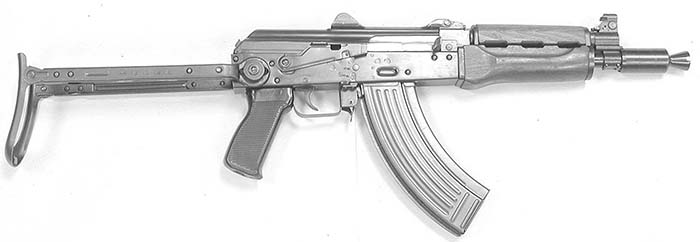
Model: M93 “Black Arrow” Operating System: Bolt-action Caliber: 12.7x107mm (Russian .50) 12.7x99mm (.50BMG) O/A length: DSHK caliber 1,670mm (65.8 inches) Browning caliber 1,510mm (59.49 inches) Barrel length: DSHK caliber 1,000mm (39.4 inches) Browning caliber 840mm (33.1 inches) Weight, no magazine: DSHK caliber 16 kg (35.27 pounds) Browning caliber 14.5 kg (31.97 pounds) Maximum Effective Range: 1,600 meters in either caliber Notes: Either caliber is fed with a detachable 5-round magazine. There are no iron sights, only 30mm optic rings, but Zastava generally supplies the Black Arrow with their own choice of optic in 8x magnification and increments out to 1,800 meters. There is a harmonica style muzzle break. Bipod legs are adjustable in height. The system comes in a hard case. (Dan’s note: the nomenclature of 12.7x109mm is the accepted caliber for the DSHK series of firearms. It is the “Russian Fifty”, or in old Nam terms, “The fifty-one”. However, in the old East Bloc, and in many other places, the caliber is referred to as 12.7x107mm. I used their nomenclature.)
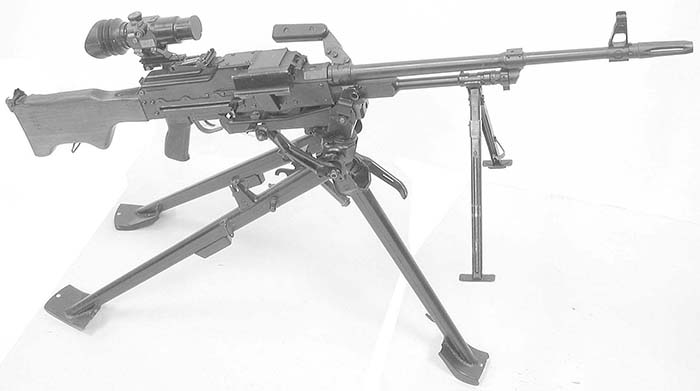
Notes: In this writer’s opinion, the PKM machine gun is probably the most reliable and functional machine gun in the world. The Zastava produced M84 variation is a high quality production piece, and with the lightweight tripod and the optical sight, this weapon is extremely versatile.

Notes: The PKT is the tank or fixed platform version of the PKM, and the M86 is the tank or fixed platform version of the M84, utilizing a solenoid firing device for remote firing

Notes: The BGA-30 is the Zastava variant of the old Soviet AGS17. “BGA” stands for Bacach Granata Automat. The 30mm rounds are linked into a 29-round drum magazine that feeds from the right side only. Yugo slav military forces use the NSBG-1 sight system.
Notes: The newest variation on the CZ99 has ambidextrous controls and a top mounted switch to go from single-action/double-action to double-action-only. There is a loaded chamber indicator, and another indicator showing when you only have three rounds left in the magazine.
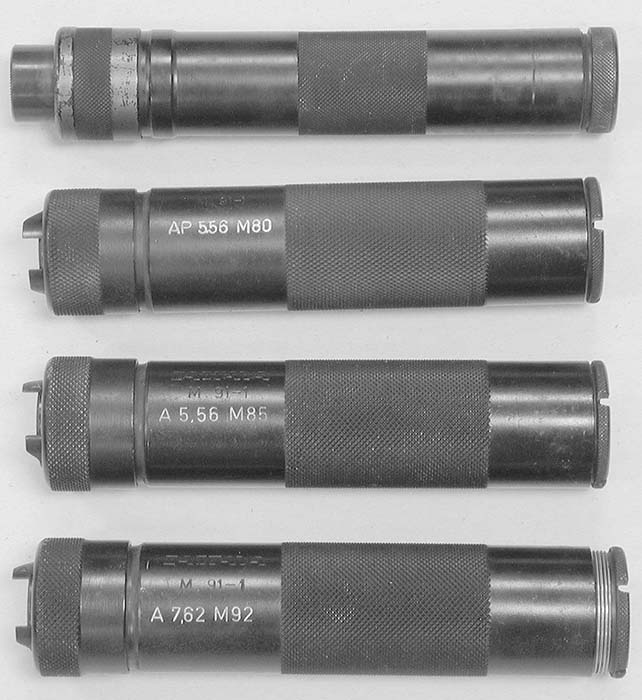
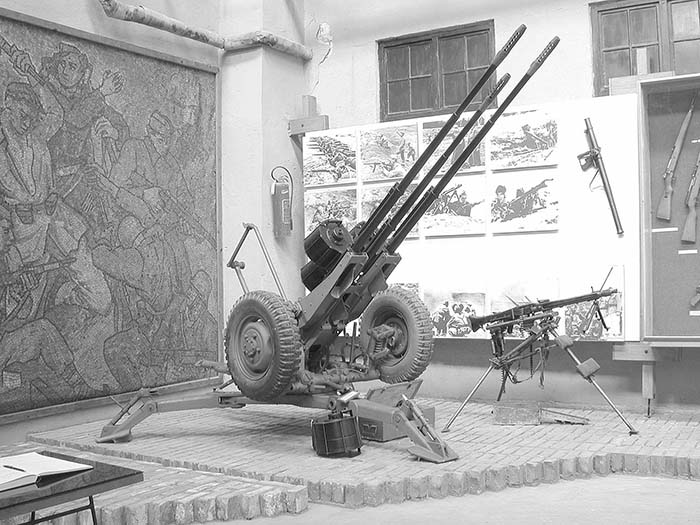
Notes: These triple-barreled 20mm guns are used in many capacities including ground-to-ground fire. The guns are mounted so that the three 60-round drums stag- ger, and allow the barrels to come closer together. At 2,100 RPM effective rate of fire, this Hispano variant is one heck of a sight to see when firing. The operator may use manual or hydraulic controls to aim with, depending on the model. We have a live fire test set up on these guns later this year.
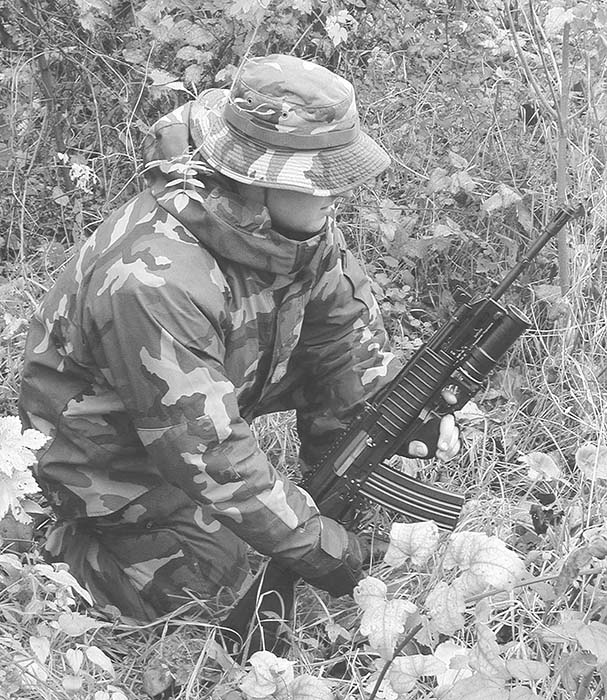
Notes: This rifle is selective fire; Safe, semiautomatic, full-auto, but a three-round burst mechanism is available on order.
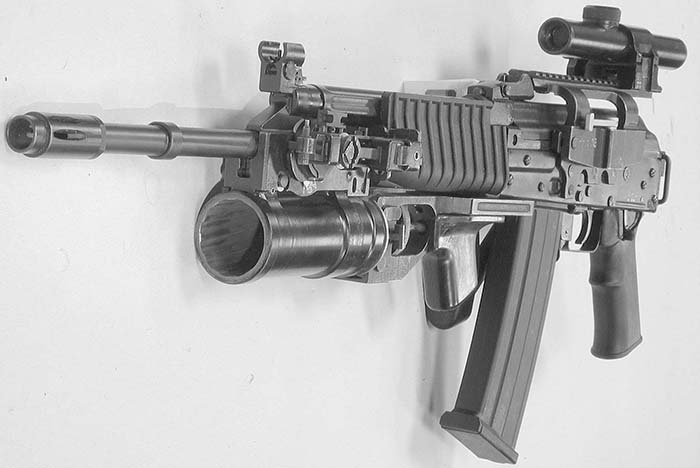

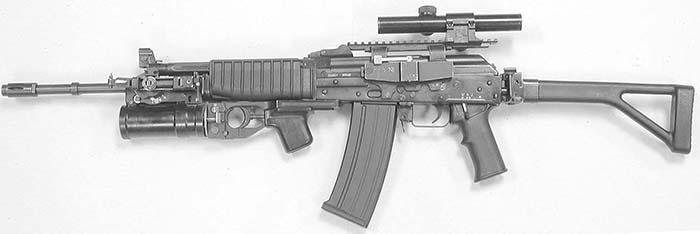
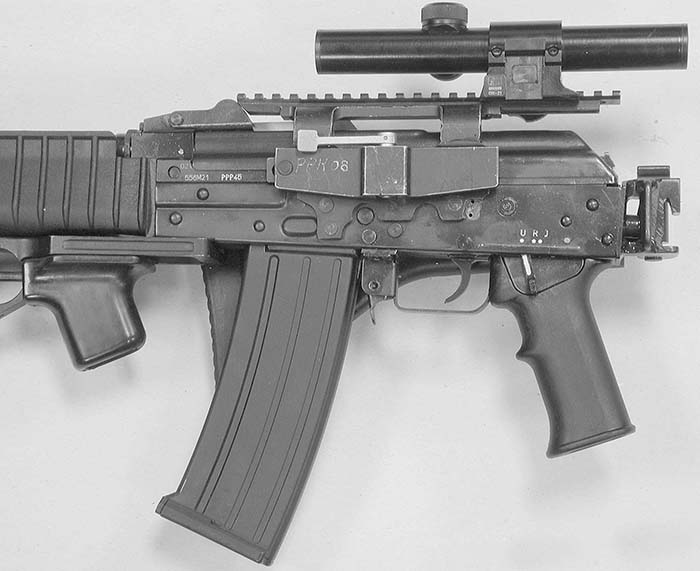
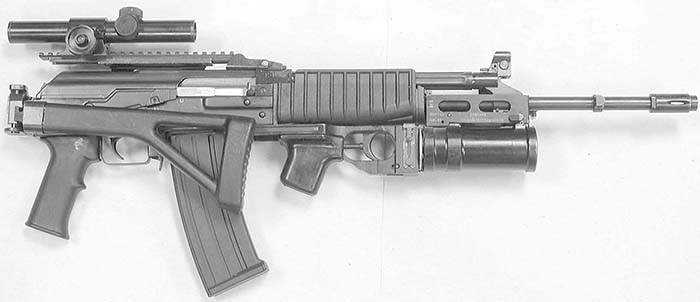
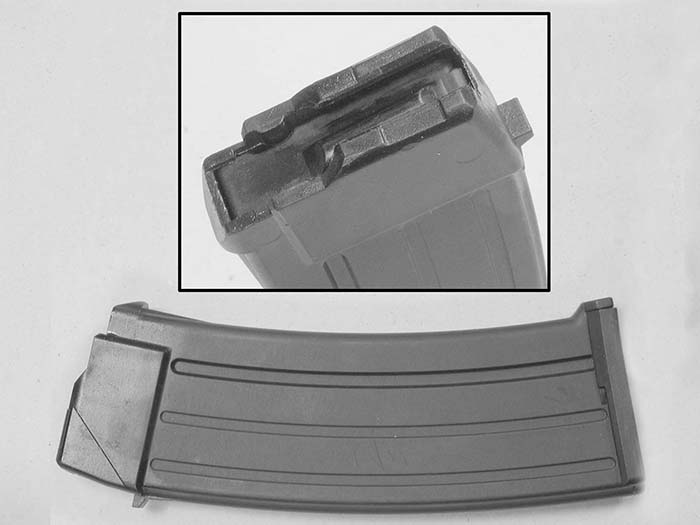
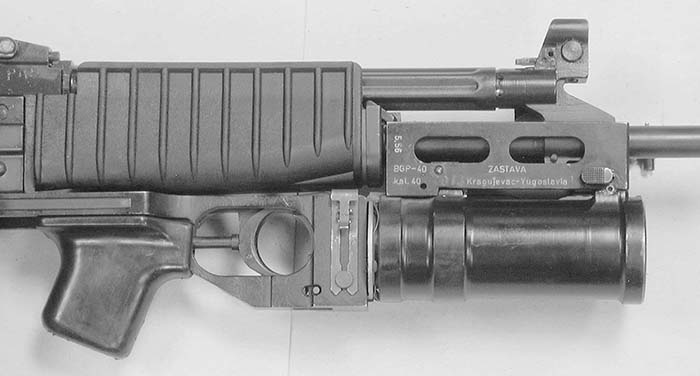
| This article first appeared in Small Arms Review V7N3 (December 2003) |



